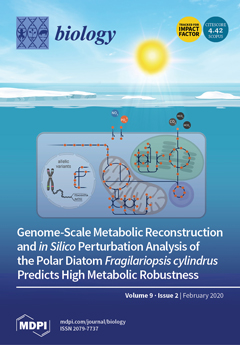Carassius auratus gibelio is an omnivore favored for its flavor and is commonly used as a benthic species in traditional pond polyculture. This study investigated the effects of common aquaculture stressors, such as high ammonia, high nitrite, high pH, and hypoxia on the
[...] Read more.
Carassius auratus gibelio is an omnivore favored for its flavor and is commonly used as a benthic species in traditional pond polyculture. This study investigated the effects of common aquaculture stressors, such as high ammonia, high nitrite, high pH, and hypoxia on the aerobic metabolism of
C. auratus gibelio. The results showed that the standard metabolic rate (SMR) was positively correlated with ammonia, nitrite, and pH, while the maximum metabolic rate (MMR) was negatively correlated with all four stressors. Thus, aerobic scope (AS) was reduced when
C. auratus gibelio was exposed to high ammonia, high nitrite, high pH, and hypoxia. The peak of post-prandial O
2 consumption was positively correlated with nitrite, pH, and the occurrence of the peak metabolic rate post-prandial was delayed in high ammonia, high nitrite, hypoxia, and high pH conditions. These findings indicated that, in experimental conditions, exposure to these environmental stressors can influence aerobic metabolism in
C. auratus gibelio. With more energy required to maintain standard metabolic rates, less will be available for growth. While the
C. auratus gibelio is one of the most hypoxia tolerance species, the reduction we observed in AS caused by stressors that commonly occur in ponds and in nature will likely affect growth in ponds and fitness in nature. These data have provided insight into the optimal, fitness-maximizing thresholds for these common stressors in this species of interest.
Full article






